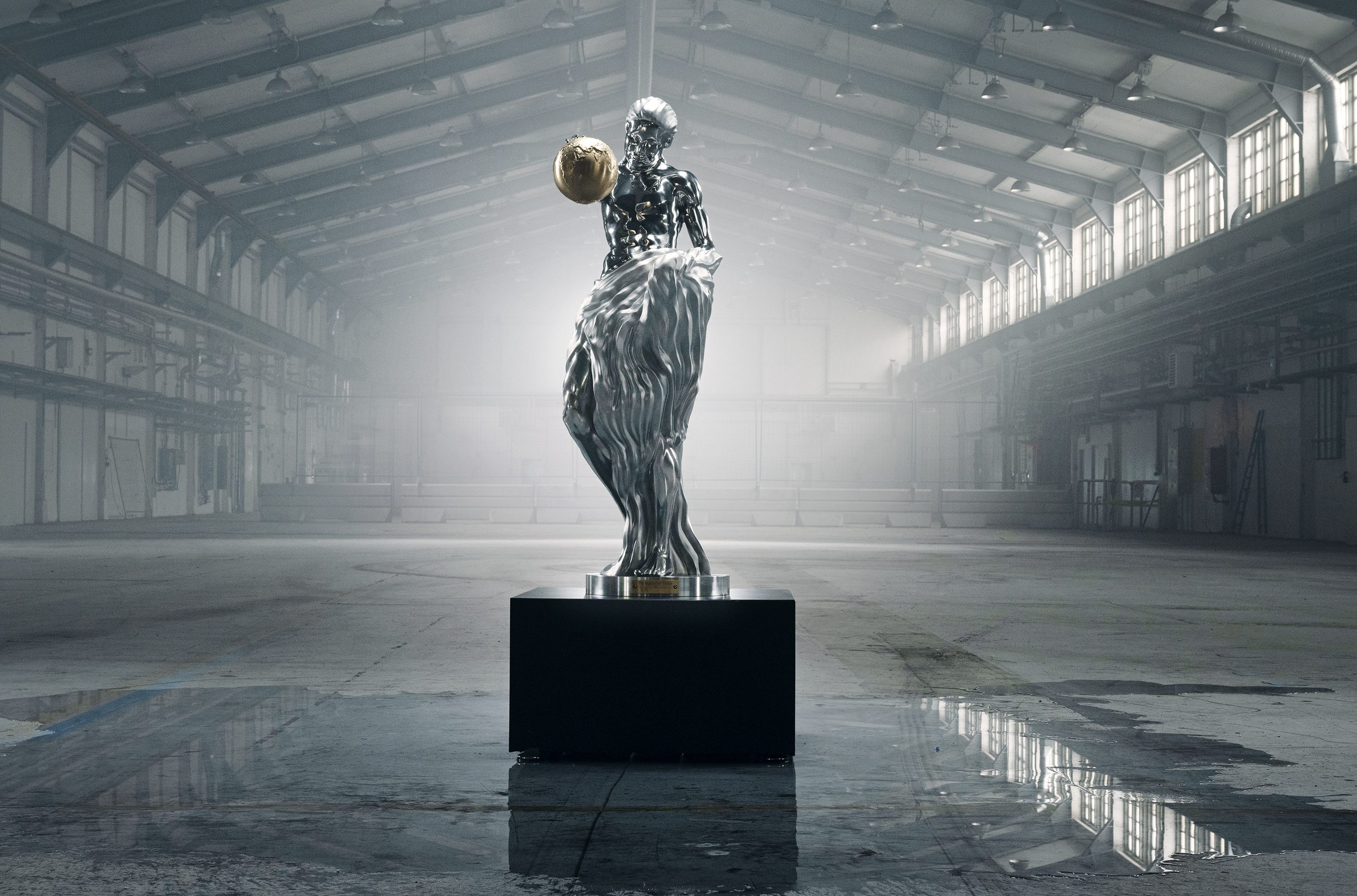In a world-first project, a company is using artificial intelligence (AI) to combine history’s greatest sculptors in a wonderous collaboration project to make one incredible monument – the Impossible Statue.
AI is everywhere. On your phone alone there is predictive text, digital voice assistants, and facial recognition software. In the past few years, this technology has grown in leaps and bounds and there seem to be no application limits. In fact, AI may soon be used to represent people in court. AI is also taking the art world by storm. In an explosion of color and fantastical elements, the art produced by AI has been displayed in various exhibitions, with some creations winning competitions. So far, AI-generated art has mainly been limited to computer-generated images, but one company is investigating the possibility of AI-generated sculptures.
If you think of history’s most amazing sculptors there may be a few names that spring to mind, such as the Italian artist Michelangelo who created the world-famous marble sculpture David. Or perhaps Auguste Rodin, a French sculptor who specialized in bronze and marble figures, with his most well-known piece being The Thinker. Possibly, American Sculptor Augusta Savage who elevated images of Black culture into mainstream America. Maybe Käthe Kollwitz, a German artist who showcased the victims of war, inhumanity, and injustice. Or perchance Takamura Kōtarō, a Japanese sculptor who applied Western aesthetics to Japanese poetry and sculpture.
Due to the different time periods and geographic locations, these fantastic artists never had the chance to collaborate. However, a new project is combining new AI technology to help construct a once-impossible art collaboration between these past artists and to create a piece of art that is a seamless vision of perfection.
In the Impossible Statue project, AI technology studied all five artists’ works (Michelangelo, Rodin, Savage, Kollwitz, and Takamura), and a 2D composite image was created. The 2D image was a silhouette of a person leaning forward and holding out their hand. This image was brought further to life by turning it into a 3D model. The model was sectioned into 17 components, which allowed top-of-the-line machining tools (programmed to follow the AI-generated design) to carve the statue from 2.5 tons of solid steel material.
“We could use aluminum – that would make the machining easier – but we don’t want to make it easy,” said Jakob Petterson, Computer Aided Manufacturing and Machining Specialist at Sandvik Coromant. “We want to show what our software and tools can do, and believe me, the winding forms in this statue and translating this into classic industrial programs normally used for prismatic geometries, that is a serious engineering challenge!”
Due to the intense digital planning, simulations, and optimization, not one part of the statue had to be remade or scrapped throughout the process. The tool life was also optimized using the software, so less tooling was needed, and it cut down on the overall machining time. The finished statue weighs 500 kilograms (1,102 pounds), stands 150 centimeters (59 inches) tall, and is currently being exhibited at Tekniska Museet (Sweden’s National Museum of Science and Technology).
The overall project created a statue that was a first in the art world – a blend of these past artists that represents collaborative perfection. The detail of the finished project was unmatched as the statue had over 9 million surfaces, a feat which would have been impossible for a human artist to complete in the timeframe.
This project was the brainchild of a global innovative engineering company – Sandvik, a frontrunner in digital manufacturing. Sandvik initiated the project to put their engineers, advanced digital manufacturing solutions, and cutting tools to the test. This project helps to demonstrate the possibilities of these technologies but can also emphasize future possibilities, including limiting errors that could cause millions in losses.
“The manufacturing methods used to make the Impossible Statue are the same we use to create value for our customers every day. With our leading capabilities across digital solutions and physical manufacturing tools, we are in a great position to advance component manufacturing in key global industries, improving efficiency and sustainability by connecting all steps in the full manufacturing process. We decided to manufacture the Impossible Statue to showcase this, and by using all our capabilities we could significantly improve manufacturing efficiency, reduce waste, and ensure the highest quality in each step of the process,” said Nadine Crauwels, President of Sandvik Machining Solutions.

This project was initiated to put Sandvik’s engineers, advanced digital manufacturing solutions, and cutting tools to the test. Image courtesy of Sandvik
Along with being a tremendous feat of engineering prowess, this project opens up the floor for some philosophical thoughts and debates. Such as: is a statue that is produced by technology really art? Or, whether AI could replace people in manufacturing. For the latter, AI can bring benefits to the manufacturing and engineering world that couldn’t be achieved without it. For example, AI can help increase quality and productivity, while decreasing time spent on machines.
In conclusion, this project has brought about something that many people could not have dreamed of in the past: allowing five different artists from different eras and countries to create one statue together – the Impossible Statue. It is exciting to think about what the future may bring.
For more information, click here!
This article includes sponsored material. Read our transparency policy for more information.
Source Link: AI And Sandvik Have Combined History's Greatest Artists To Create The Impossible Statue